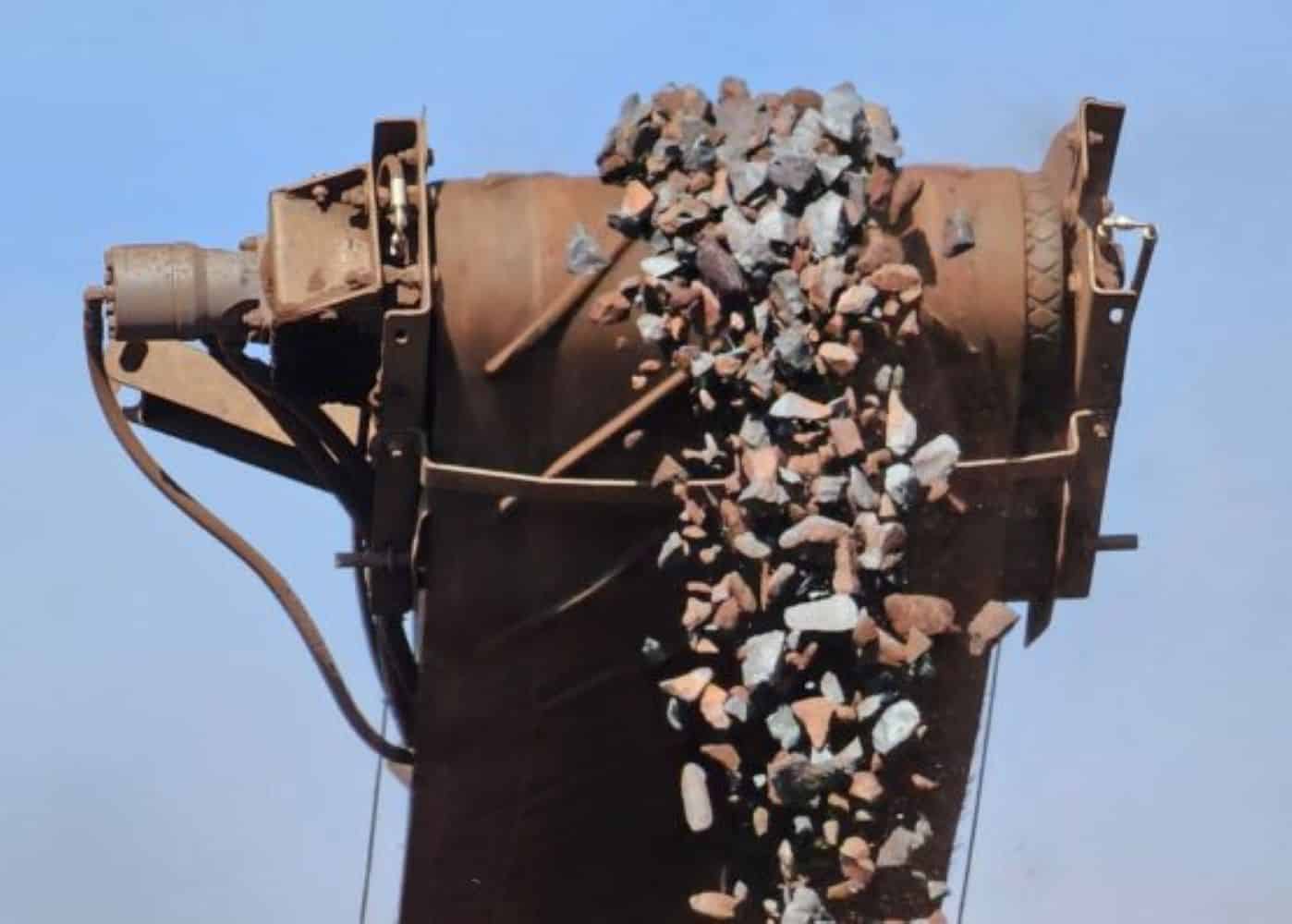Minerals with the highest potential to drive economic and industrial growth prioritised, which then ‘provided guidance’ in determining their criticality.

Platinum, manganese, iron ore, coal, and chrome ore have been identified as “high-critical minerals” for South Africa in the country’s critical minerals and metals strategy, recently approved by cabinet.
This was announced at a media briefing by Minister of Mineral and Petroleum Resources Gwede Mantashe on Tuesday (20 May).
Critical minerals are generally seen as essential to the global economy due to their pivotal role in modern technologies, clean energy systems, and national security. A designation as a critical mineral brings with it a focus in government policy that may lead to bigger investment.
Electricity and Energy Minister Kgosientsho Ramokgopa earlier said government had resolved to declare uranium a critical mineral in its efforts to resume South Africa’s leading role in the nuclear industry.
In this strategy, however, uranium has only been designated a “moderately critical” mineral.
ALSO READ: Illegal mining is a threat to SA’s competitiveness
‘Major milestone’
Mantashe welcomed the approval of the strategy as well as the publication of the Mineral Resources Development Bill for comment on the same day. He describes the two documents as “a major milestone in our concerted efforts that are aimed at ensuring policy and regulatory certainty, as well as maximising the country’s potential in the global market for minerals.”
Although “critical minerals” has become a buzzword in international discussions on the economy and is playing an increasingly important role in geopolitics, there is no universal consensus on which minerals fall into the critical category.
In Australia, for example, high-quality cobalt, lithium, manganese, rare earth elements, tungsten and vanadium are included in the list of critical minerals.
The new South African classification is based on eight indicators, including:
- Export potential;
- Employment;
- Supply risk;
- Export sales;
- Domestic sales; and
- Substitutability.
“This focus ensured that minerals with the highest potential to drive economic and industrial growth are prioritised which then provided guidance in determining the criticality of specific mineral commodities,” Mantashe said.
The new strategy aims to foster investment in exploration, beneficiation, building resilient local value chains, research and development, skills development, and strengthening regional integration and international partnerships to position the country as a major player in the global critical minerals market, he said.
ALSO READ: SA opened 159 new mines in five years, creating over 15 000 jobs
‘Criticality’ designations will be fluid
Mantashe noted that at least 21 commodity studies were done that provided a clear picture of the state of the mining industry in South Africa, as well as the contribution of each commodity to the country’s drive for inclusive economic growth, job creation, and poverty alleviation.
Gold, vanadium, palladium, rhodium, and rare earth elements as minerals have been designated as having moderate to high criticality – and copper, cobalt, lithium, graphite, nickel, titanium, phosphate, fluorspar, zirconium, uranium, and aluminium as having moderate criticality.
“The list will constantly be reviewed and updated as the criticality classification mix is dependent on underlying market conditions, exploration, technological advancement, substitutability, recycling, and geopolitics, among other factors,” Mantashe said.
Mantashe pointed out that critical minerals are viewed as part of a larger ecosystem that drives essential technologies such as electric vehicles, hydrogen fuel cells, wind turbines, battery storage systems, microelectronics, and advanced manufacturing.
ALSO READ: ‘If they don’t give us money, let’s not give them minerals’: Mantashe hits back at Trump funding cut
Six key intervention areas
The strategy outlines six areas for targeted interventions for critical minerals development and beneficiation close to the point of production:
- Prioritising geoscience mapping and exploration;
- Promoting beneficiation and localisation;
- Prioritising investment in research and development and building a diverse, skilled workforce;
- It highlights the need for investment in strategic infrastructure and energy security;
- It stresses the need for a robust fiscal framework to support this strategy and calls for a stable and competitive environment while aligning with broader geopolitical and economic objectives; and
- The urgent need to implement policies that will provide an enabling environment for increased mining output and improved competitiveness.
The proposed amendments of the Mineral and Petroleum Resources Development Act are expected to ensure policy and regulatory certainty and enhance investor confidence, Mantashe said.
He added that the Mineral Resources Development Bill seeks to align mining legislation with evolving policies, economic conditions, and global shifts while ensuring that it reflects current industry needs and government priorities.
It seeks to streamline administrative processes to ensure proper alignment with the National Environmental Management Act and the National Water Act, and thereby reduce bureaucratic inefficiencies and improve turnaround times for mining rights, permits, and regulatory approvals.
“The bill further introduces a licensing regime for artisanal and small-scale mining operations, and in so doing [aims to] formalise artisanal and small-scale mining operations, ensure compliance with environmental, safety, and labour regulations, as well as reduce the risk of illegal mining activities.”
Mzila Mthenjane, CEO of Minerals Council South Africa, who attended the briefing in Cape Town, welcomed the announcements. A spokesperson, however, said the council still has to study the documents before it can comment on the content.
This article was republished from Moneyweb. Read the original here.






